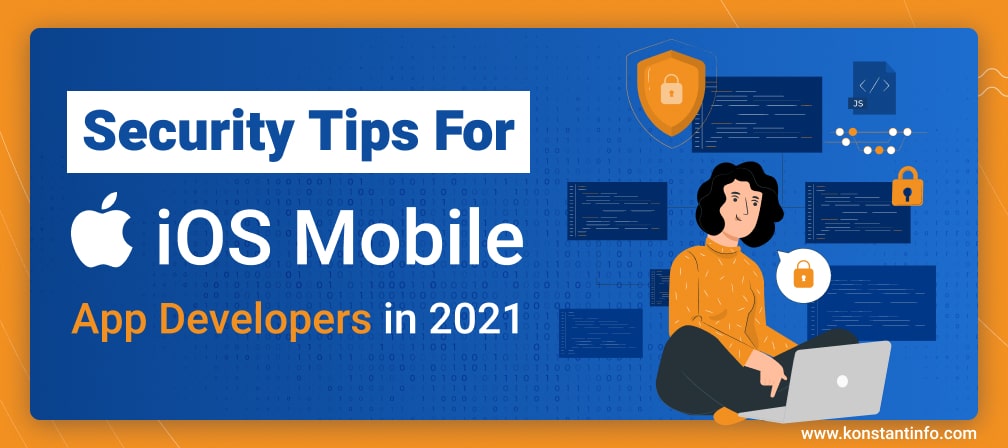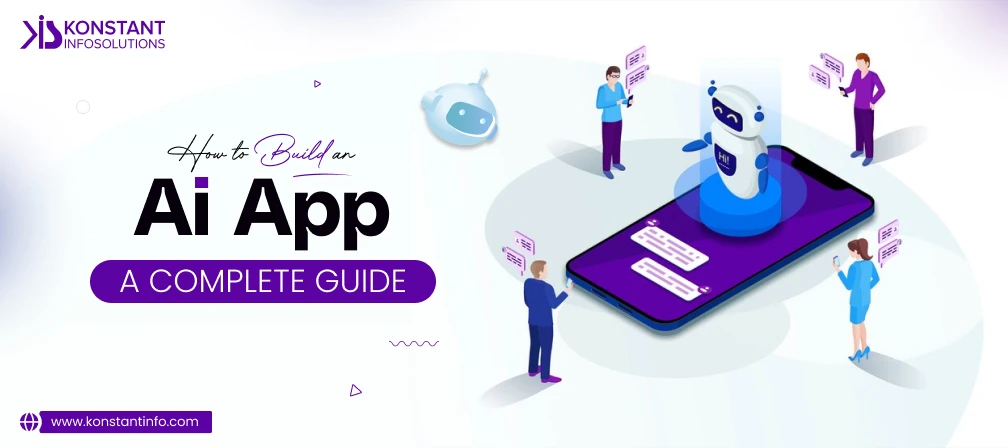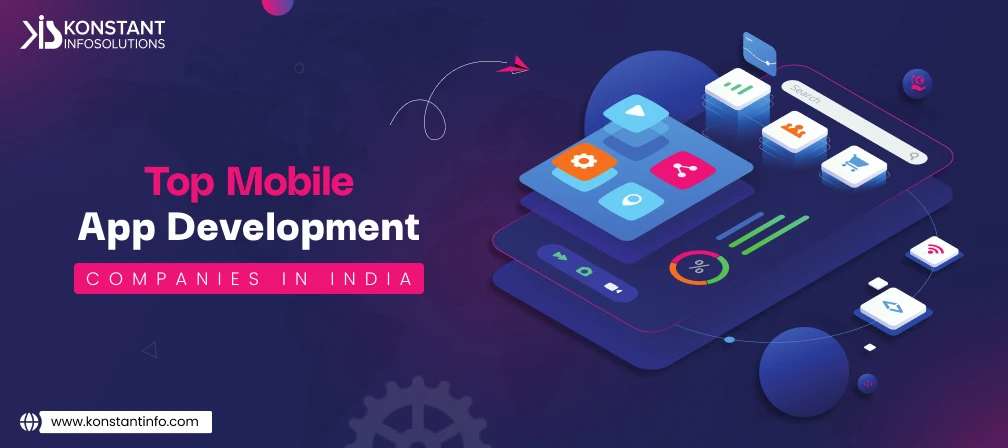Apple’s senior vice president of Software Engineering, Craig Federighi, proclaims that they push their developers to innovate and experiment with the technology to help users control the data and make informed decisions.
Safari Browser Privacy Report with all the cross-site trackers that are being blocked by Intelligent Tracking Prevention in Safari.
Apple recently previewed new privacy protections in iOS 15, macOS Monterey, iPadOS 15, and watchOS 8. It helps users control their data efficiently. Apple has continually expanded its commitment to privacy and propagated the change across the industry with features like App tracking Transparency, and privacy Nutrition Labels on the App store.
iOS 15 feature updates have brought more granular control than ever before. iPhones aren’t exposed to quite the same degree of malware and exploit issues as an Android device, that does not always mean that you can safely ignore good practices in iPhone security.
iOS has a pretty secure operating system, but that does not deter iOS app developers to ignore myriads of security threats. Exploit acquisition platforms have offered as much as $2 million (approximately 1.5 million pounds) to anyone with a zero-click iPhone jailbreak exploit, which makes plenty of people trying to access and control your iPhone. Conventional threats like phishing, malware, or physical access to smartphone data are concerning. Here are potential tips for iOS app development to prevent such mishappenings!
Tips to Secure iPhone From Hacking for Users
- Randomize your PIN: Pick a random Pincode
- One iPhone, Different Passwords: Set different passwords for various accounts and applications on your iPhone. Password manager comes with password auditing, which checks if all the stored passwords are unique. If not it signals an alert.
- Watch for Fake Apps: Fake apps are a medium to trick users into entering personal information such as credit card information, contact details, and passwords, as well as tricking consumers into downloading malware. Take time to double-check the legitimacy of the app before downloading. Go to the retailer’s website on your mobile browser and check the link to the app from an official website.
- Use a Password Manager: Use it to generate and store stronger passwords. It is preferable to find a password manager that requires two-factor authentication.
- Enable two-factor authentication (2FA): It adds a secondary layer of security to safeguard your accounts and protect data within.
- Never use SMS for Two-factor authentication (2FA): SMS text messaging for two-factor authentication codes adds an extra layer of security to your logins. It generally is the case with crypto-currency accounts. Theft of crypto-currency is currently a key driver for SIM swap attacks. A large sum of funds gets quickly stolen, with less chance of recovering those stolen funds.
- Protect your SIM: Secure your SIM with a password so that even if your phone gets stolen, the thieves won’t be able to use it. Two-factor authentication is breakable, but robbers won’t be able to get the code and access your accounts.
- Don’t Get Juice-Jacked: The USB outlets at train stations, airports, and coffee shops might be iPhone magnets. They may have a hidden hacking device that installs malware or copies data from your phone as soon as you plugin. Use a data blocker that resembles a simple USB dongle in-between the USB socket and your USB charging cable. It connects the power lanes of the USB and blocks the data pins. It is reasonable, low-tech, and yet very effective and recommendable while travelling.
- Be Wary Of Permissions: Accessibility permissions must be thought off before granting. You need to think if there is a good reason to grant certain permissions to the app that it asks for. If you’re in doubt, ask a developer for more information than just allowing it anyway.
- Don’t Auto-Join Wi-Fi Networks: Man-in-the-middle attacks are common where cybercriminals trick people into joining rogue wireless access points. It is recommended to turn off the auto-join function for every saved, wi-fi hotspot.
- Wipe Clean Before Selling: Users should remove their iPhone from their Apple account before selling or even passing it onto a family member, else the device will continue to synchronize to your account. Also unpair from your Apple Watch, back up the iPhone, sign out of your Apple accounts and use the erase all content and settings option from settings|general|reset.
- Don’t jailbreak your iPhone or side-load apps: Avoid side-loading or accidental jailbreak. Do not download apps from outside of App Store. Never install gaming emulators or allow for the remote extraction of – (1) usernames, (2) passwords, (3) credit card details, and (4) other personally identifiable information.
- Check for unknown configuration profiles: Profiles are more dangerous than malware on iOS since they give instant access to the attackers.
- Use Fewer Apps: Every additional application on your iPhone increases its attack surface. It is the sum of iOS vulnerabilities in every single installed application.
- Use Airplane Mode: Use airplane mode, turn off your phone if you’re not using it.
- Use Biometric Authentication: Biometric authentication is one of the most recommended user authentication methods to secure iPhones – fingerprint, voice, facial recognition.
- Read App Reviews: Read app reviews before deciding to download and install.
- Privacy Screen: If you’re worried about who’s curious about your iPhone device, use a privacy screen protector so that people next to you are not able to identify what’s on your phone screen.
- Go Stealthy: Update your notification settings. If you leave your phone unattended but locked. If notifications pop up, it reveals potential details about your friends and family. In case a code to reset your phone device appears in SMS, it’s gone.
- Roll-up Your Sleeves: iOS disables location data from photos, revokes apps from accessing various sensors such as camera, location, microphone, or setting up your phone for a complete wipe for every 10 wrong passcode attempts.
- Businesses Should Look to Their Mobile Application Management for Assistance: Make use of the mobile application management (MAM) platform to distribute your company’s private apps. Do not mention them on the public App Store. It will reduce the risk of hackers finding back doors and avoid confusing all those consumers who install your stock checking app by accident.
- To prevent loss of your iPhone: Use passcodes to lock your iPhone. Encrypt information on the device or lost device tracker, and delete or wipe data in case of multiple wrong passcode attempts.
- Update your apps: Latest app versions come with additional security. Patch your app up as a new patch could include new information and software to deal with current cyber threats.
- Disable “Load remote images” in email settings: It means when you can click on an email, it requests an online server to download that image, which then shares details about your device with the server such as browser version, OS, location etc.
- Enable USB Restricted Mode: Disable USB plugins on the lock screen to prevent malware from being installed on your iPhone through the USB charging port.
- Spot the warning signs of Phishing: Phishing attacks through text messages are vulnerable and can risk your phone in seconds. Do not fall victim to such scams. Validate suspicious texts, emails by consulting the company’s official website, and contacting them directly to see if the message is legitimate.
Security Tips For iOS App Developers for Implementing Security in Their Apps
- Make it applicable across devices: Understand different electronic devices for which you are developing the app. Every electronic device is different and has a different OS, has a different interface, and different security issues.
- Data security issues: Consider data security issues while the app is being developed. You need to consider how best to save the data from being exposed while transferring it from the database to the final device. Make use of the latest algorithms and protocols while developing a new app.
- Do not store non-essential data: Avoid storing data that is not required. If you identify any data that is not useful for the app, get rid of it. It will reduce security risk and potential compromise.
- Protect backend by adding some security: Do not expose your backend system as you release your mobile app.
- Test Apps for Security: Test the app for functionality, features, security, interface so that none of it is compromised.
- API Authentication and Authorization: As users make requests with their API, they require registering for an API key or learn alternative ways to authenticate the requests. API’s authenticate users in various ways. API’s include an API key in the request header, require elaborate security to protect sensitive data, prove identity, and ensure the requests aren’t tempered.
- Data Encryption: Encrypt data confidentiality by converting it into non-friendly text information. Such text is called cipher-text, which code with a unique decryption key, generated either at the time of encryption or beforehand.
- Be Careful With Libraries: Mobile data theft is a risk for shared app libraries. Such shared libraries could cause more damage if used together for mobile data theft.
- The principle of least privilege: Users should only have access to the resources that they need so they can adequately perform the duties that they are required to do. It prevents the spread of malware, decreases chances of a cyber-attack, improves user productivity, helps demonstrate compliance, and helps with data classification.
- Anti-Tempering Detection: It is essential to harden the code to protect applications and SDKs from reverse-engineering, and static analysis, anti-tampering functionality to protect the app against attempts to analyze its functioning, behaviour at runtime. It monitors the integrity of the application and the environment in which it is running and triggers the applications to detect threats.
- Cryptography: To fortify computer networks against attackers, developers use various crypto-currency tools – Security Tokens, Key-Based Authentication, Docker, Java Cryptography Architecture, and SignTool.
- Session Handling: Improper logout or closing an application without logging out – handling session tokens irregularly, or reducing the need for constant logging in reduces friction for users but leads to intentional intrusion by the attackers. It lets users lose control of their accounts and issuing a request for administrative functionality can be perilous for the user.
Conclusion: How Would You Like To Protect Your App?
Developers are always sensitive to the security of their mobile applications. They always integrate the modules into their updated versions of newly developed applications. We hope the tips listed above bring some clarity and helps you in discerning what’s suitable for your mobile application development. If you have questions or want to talk more about mobile app security, be sure to reach out to our mobile app developers!
About Author
Neeti Kotia is a technology journalist who seeks to analyze the advancements and developments in technology that affect our everyday lives. Her articles primarily focus upon the business, social, cultural, and entertainment side of the technology sector.



